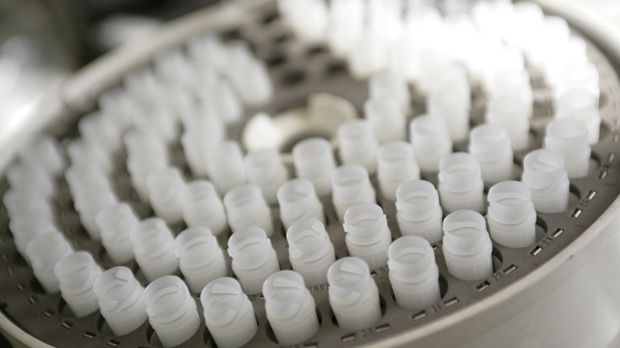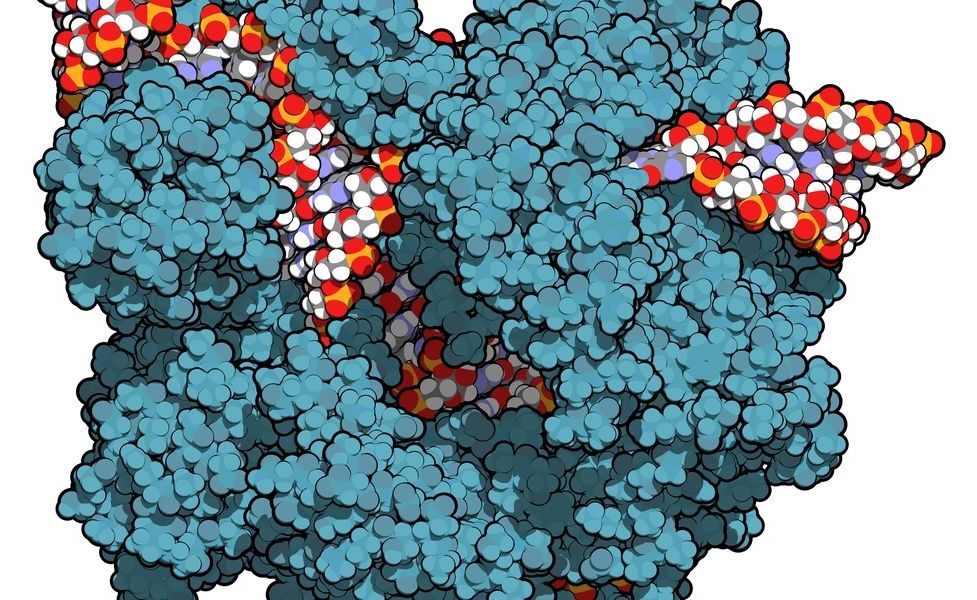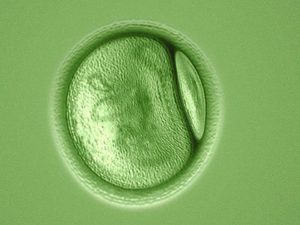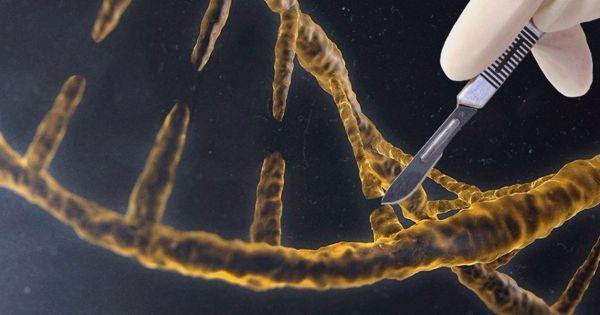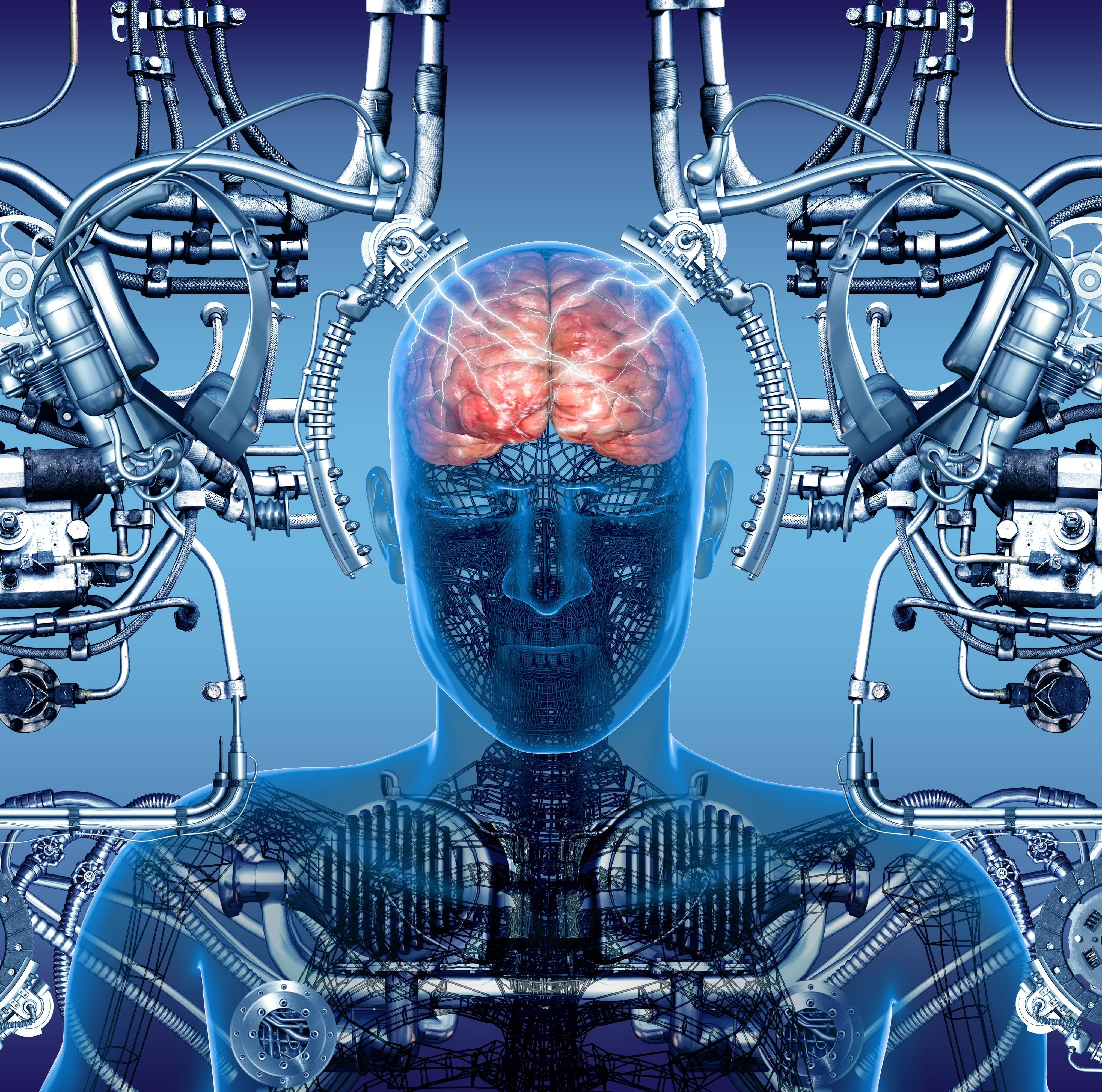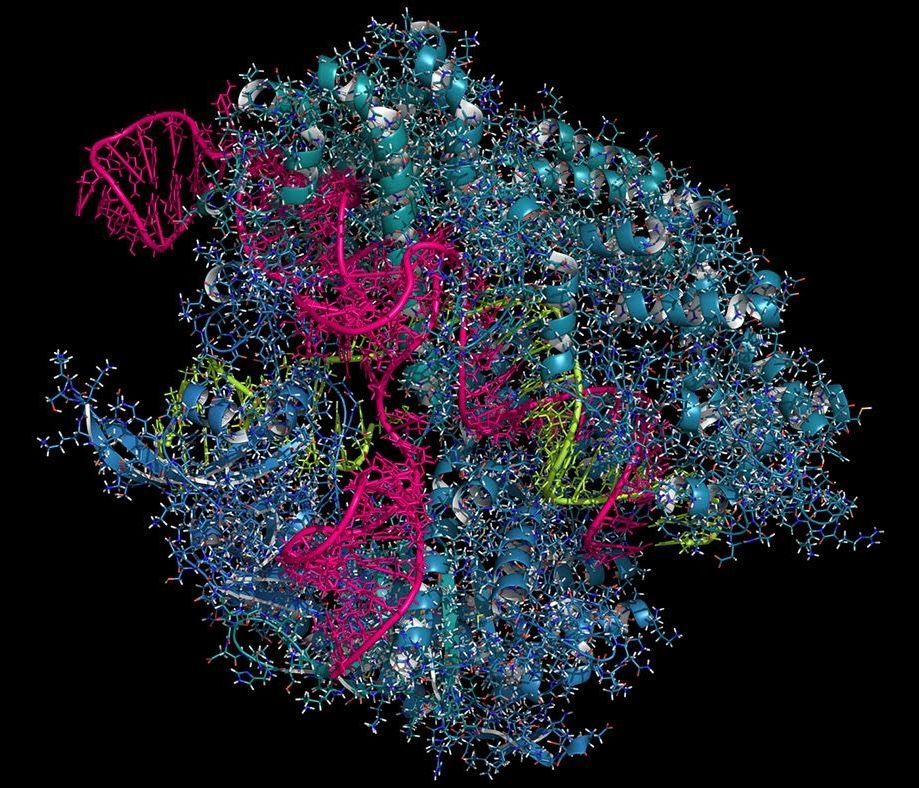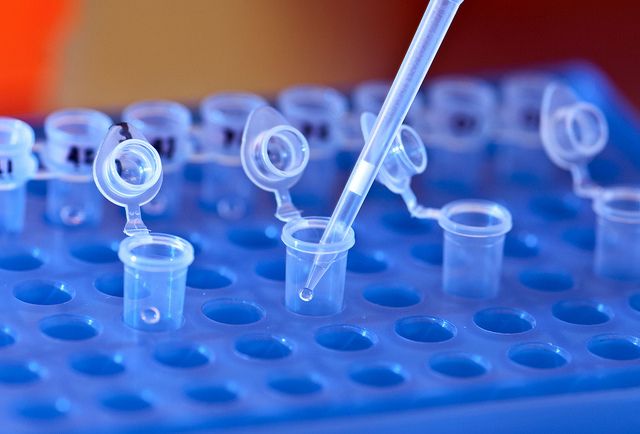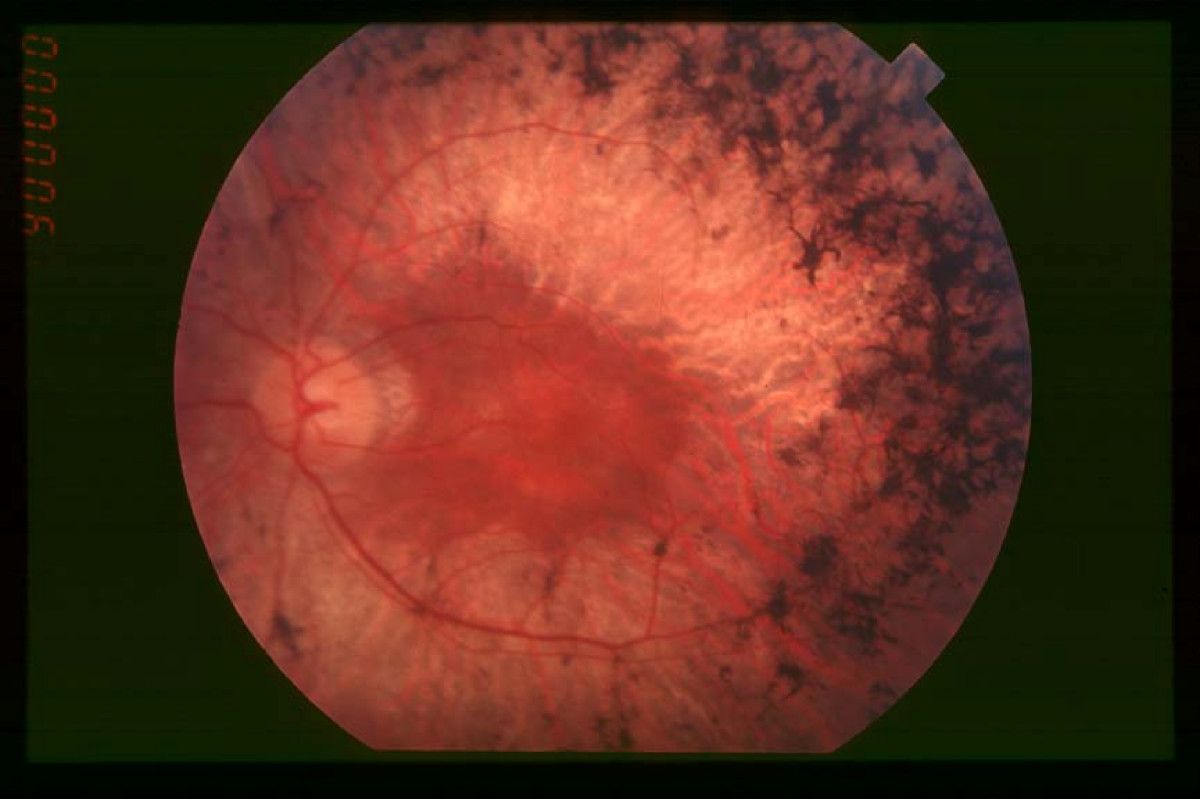Jan 9, 2017
Researchers reveal how cancer cells cope with genetic chaos
Posted by Karen Hurst in categories: biotech/medical, genetics
Another difference between normal and abnormal cells — cancer cells can continue to grow despite damage to cell structures and changes in the number of chromosomes.
Scientists have uncovered how tumours are able to grow despite significant damage to the structure and number of their chromosomes — the storage units of DNA — according to two new studies published in Cancer Cell and Cancer Discovery today.
“We hope that understanding these mechanisms will allow us to limit drug resistance and improve the efficacy of cancer therapies.” - Professor Charles Swanton
Continue reading “Researchers reveal how cancer cells cope with genetic chaos” »
